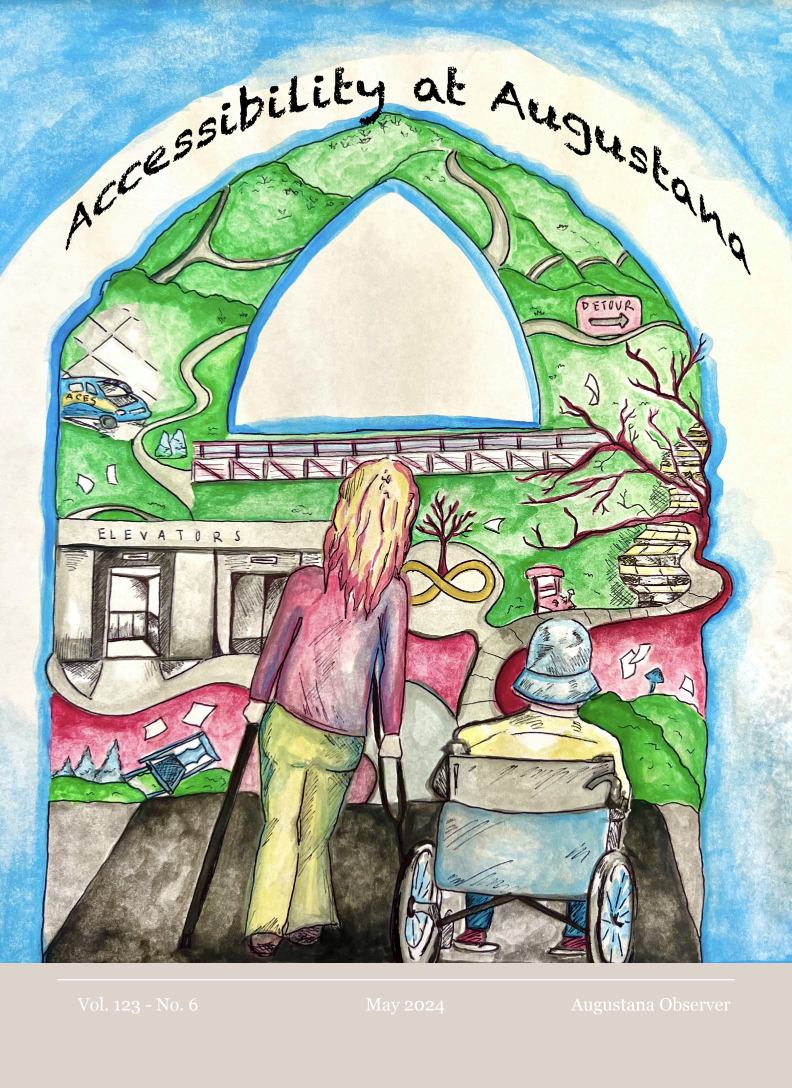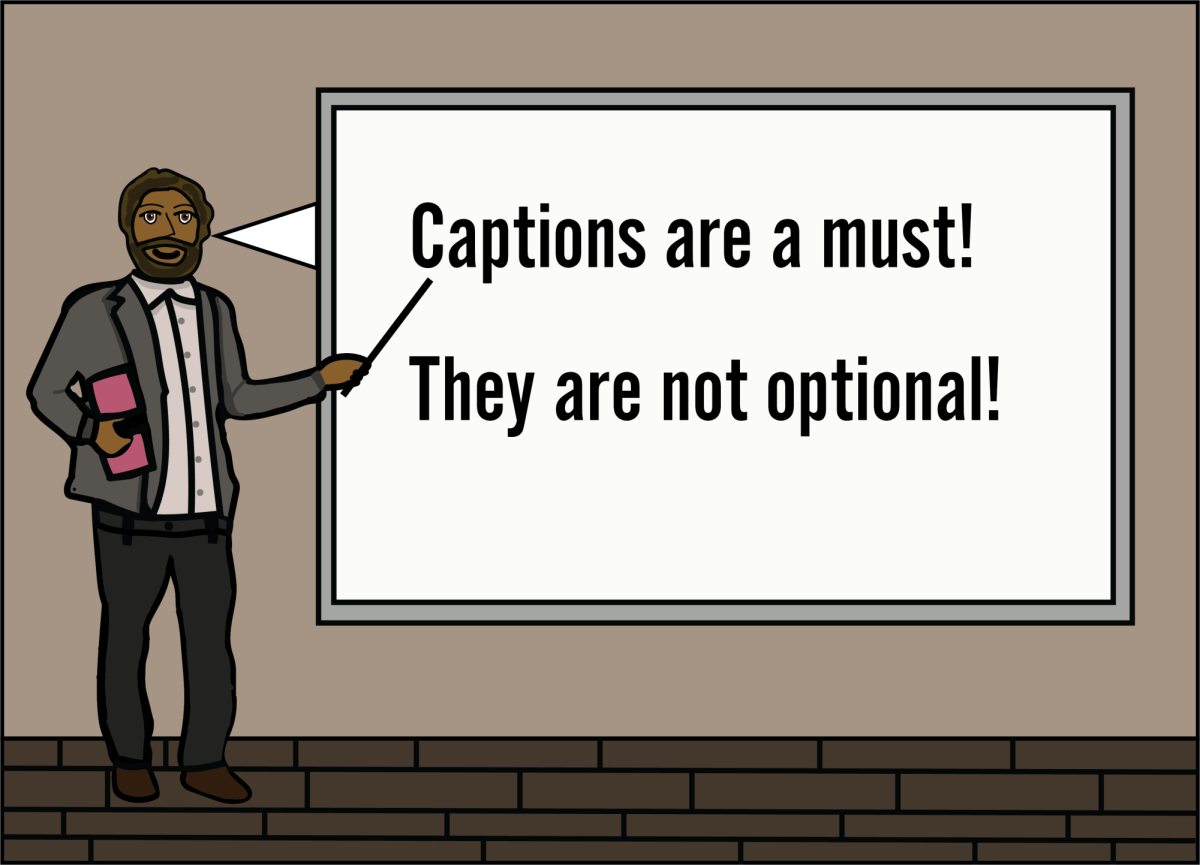Within the past several years many pop music artists have received criticism for culturally appropriating within their music and music videos. However, this is not a new trend. Cultural appropriation in music, especially within the pop genre, has been reoccurring for years.
Dr. Tony Pomales of the anthropology department describes cultural appropriation as taking control of the different symbols and elements of a culture that is not your own.
“And here the really important part is the taking control because you are appropriating, borrowing, using, the symbols, elements of culture, aesthetics of another group of people who have a different set of values and beliefs and that you use these symbols and elements in a very different way,” Dr. Pomales explained.
He continued by emphasizing that not only, when culturally appropriating, do people take control of elements of a culture but they are stealing them: “By not asking for consent in some way,” Dr. Pomales began, “by not being sincere to that culture, in a particular way, there’s a way in which your performance…becomes cultural appropriation because you are engaging in a kind of theft of another group’s culture.”
According to Dr. Pomales, these symbols or elements of a culture that are often appropriated are those that are rooted in hardship, past and present struggles, and oppression. When pop artists are criticized for being cultural appropriators, it is because they are not engaging with the roots of these cultures, they are not actually appreciating them within the context of their history and contemporary applications.
Specifically, Dr. Pomales brought up Taylor Swift’s music video Wild Dreams, which he and his students examine in class. He explained that the video, which takes place in Africa, takes part in a colonialist nostalgia, and romanticizes the continent of Africa as consisting of just one type of place: the savannah.
“You know, we understand that the goals of this video might have been something else…and that’s fine, that’s great, tell those stories. But why are you setting those stories in these particular places? How do these particular places affect the story, how do they give it impact? What are the effects produced by telling the story in this particular place? And that’s where the criticism really lies,” Dr. Pomales stated.
Taylor Swift is not the only pop artists who has been criticized for culturally appropriating within her music and music videos. Junior, Giselle Carter explained that there are many cases of cultural appropriation within pop music today.
To Carter, cultural appropriation includes taking and exploiting elements of a culture that is not their own and do not receive criticism for it, or do receive fame or profit. For example, Carter illustrated, there is cultural appropriation within Selena Gomez’s use of Hindu culture in her video “Come and Get it” where she is seen wearing a bindi as well as using Bollywood dance styles in the video
Carter also brought up Miley Cyrus as an example, explaining that her twerking is also a form of cultural appropriation.
“Black women are vilified and condemned for twerking and are portrayed as hyper-sexual figures. Miley can ‘attempt to’ twerk and still be seen as an innocent little flower with no repercussion,” Carter said.
Dr. Pomales who also spoke of Miley, described her behavior as being part of a counterculture that rejects mainstream conventions. He explained that “[this counterculture] is invested in attacking social conventions for shock value…is about raising or about achieving some sort of individual consciousness…rejecting everything that mainstream culture tells you is like good or valuable.”
The problem with this, Dr. Pomales explained it reinforces the idea that these elements of another culture are wrong or invaluable which then reimposes the notions that have been forms of oppression in the past.
Carter furthered this point, explaining how cultural appropriation in pop music creates an acceptance of these elements of culture as wrong for listening and viewing audiences.
“I believe it further perpetuates the idea that cultures are only meant for popular consumption as opposed to being critical components to people’s lives. As audiences see these videos, they internalize an acceptance…it also enforces this idea that groups who actually identify with certain cultures are required to “share” the culture with people who do not want to properly appreciate it. This expectation of complacency is disrespectful to communities of color, I think,” Carter stated.
The trend to culturally appropriate within pop music and music videos has come to the attention of many more people recently, though it still occurs frequently. Perpetuating past notions of oppression and exploiting the past and contemporary history of different cultures, it is still a problem that needs to be addressed today.
“[Recognizing working to stop cultural appropriation] It’s about creating social consciousness, it’s about really revolutionizing the world and making the world a place that is habitable and hospitable for everyone,” Dr. Pomales said.
Categories:
Cultural appropriation in pop music isn’t new trend
October 12, 2017
0
More to Discover


































































































